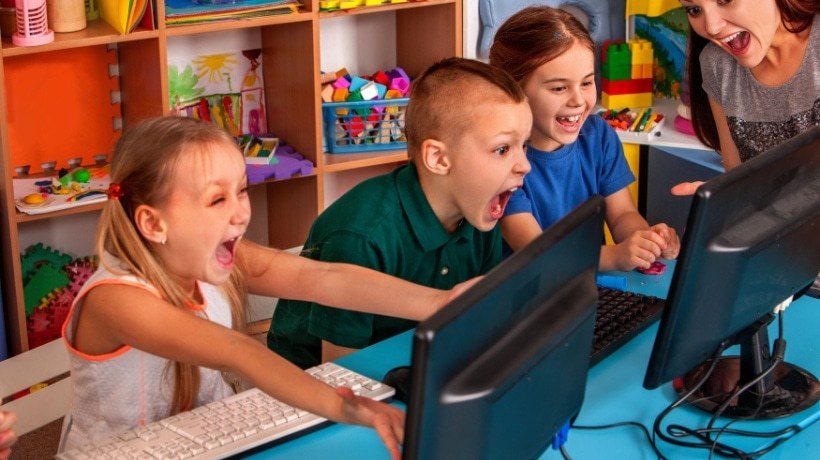
"You've probably heard about gamification, the idea of turning learning into a game-like experience to keep students interested. For years, educators have used gamification in simple ways, like offering points for correct answers, giving badges for progress, or ranking students on a leaderboard. And while these methods worked up to a point, they often focused on extrinsic motivation, meaning students worked hard for the rewards rather than for learning itself. This is where Gamification 2.0 steps in."
"Gamification 2.0 goes beyond rewards and instead leverages what truly makes people want to learn: curiosity, challenge, and connection. Instead of just earning badges, students might follow a storyline, unlock new levels that match their progress, or collaborate with their peers to solve problems. This kind of learning feels like playing, and science supports it. Neuroscience shows that when we're engaged in playful activities, our brains release dopamine, which not only makes us feel good but also strengthens memory and motivation."
Gamification 2.0 replaces simple points-and-badges systems with design centered on curiosity, meaningful challenge, narrative progression, and social collaboration. The approach shifts motivation from external rewards to intrinsic drivers so learners pursue understanding for its own sake. Playful, game-like experiences trigger dopamine release, enhancing enjoyment, attention, memory consolidation, and sustained motivation. Adaptive levels, richer storytelling, and collaborative problem solving align tasks with learner progress and social interaction. The result is increased active engagement, stronger retention of knowledge, and more rewarding, long-term learning outcomes that draw on cognitive and social dynamics rather than only on extrinsic incentives.
#gamification-20 #intrinsic-motivation #neuroscience-of-learning #game-based-learning #educational-technology
Read at eLearning Industry
Unable to calculate read time
Collection
[
|
...
]